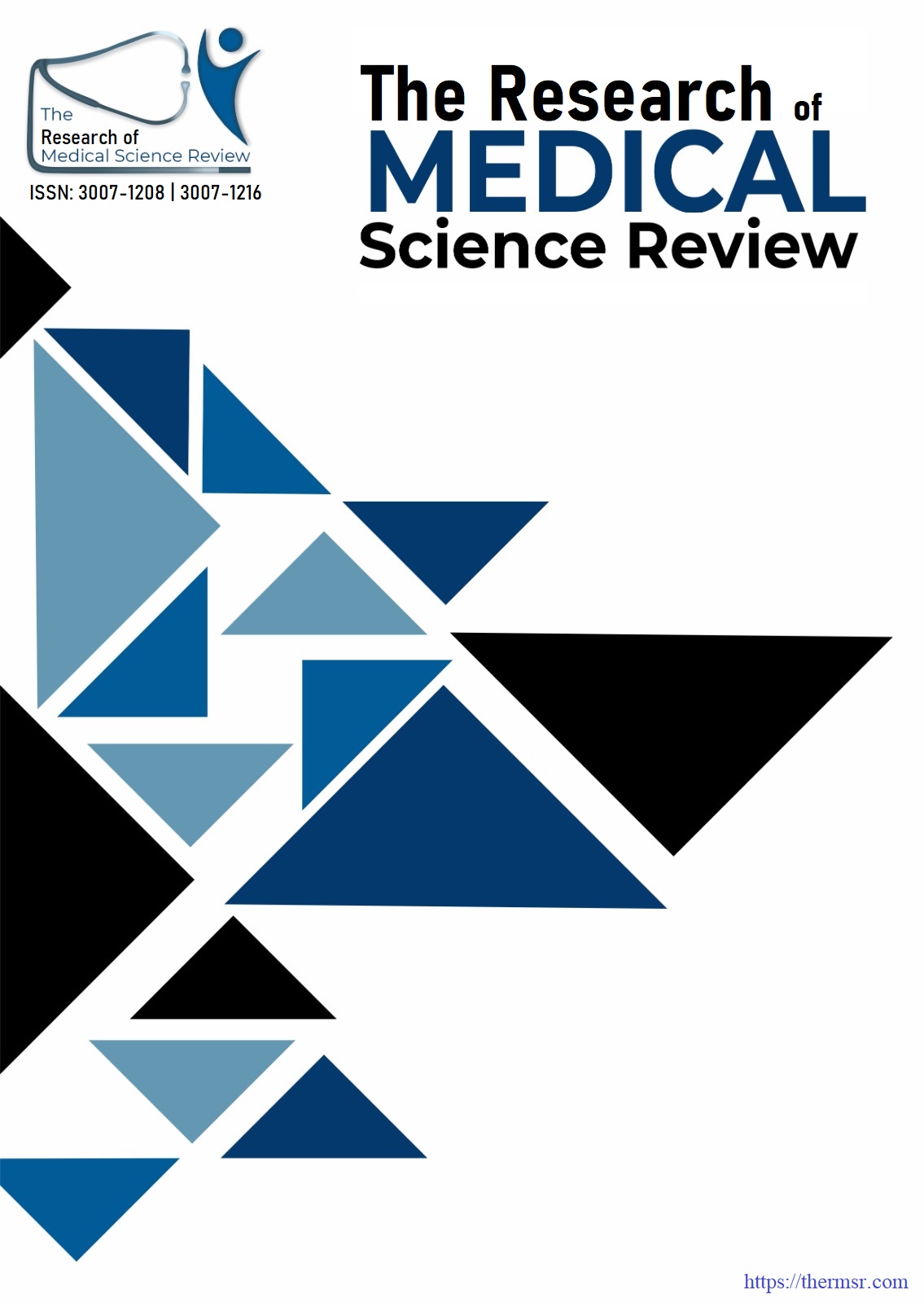BLOOD LOSS IN CLEFT PALATE SURGERY WITH AND WITHOUT INFILTRATION OF TRANEXAMIC ACID ALONG WITH LOCAL ANESTHETIC AND ADRENALINE
Main Article Content
Abstract
Objective: To assess the impact of local infiltration, both with and without tranexamic acid, on blood loss during cleft palate surgery.
Methods: A total of 60 patients of age 9 to 60 months having congenital cleft palate and planned for surgical repair in Patel hospital Karachi were included. In group I, TXA infiltration was performed. While in group II, infiltration was performed without TXA addition. After 10 minutes of infiltration surgical procedure started, repair was performed using Sommerlad's technique. Amount of intra-operative blood loss was noted.
Results: Mean age was 12.6±2.5 months in group TXA and 12.4±2.3 months in control group (p-value 0.7). 23 (76.7%) children in TXA group and 24 (80%) in control group presented with bilateral cleft (p-value 0.75). 21 (70%) children in TXA group and 20 (66.7%) in control group had complete cleft palate (p-value 0.78). Mean operative blood loss was 58.6±12.7 ml in TXA group and 83.8±16.3 ml in control group (p-value <0.0001).
Conclusion: TXA infiltration before surgery significantly reduces the blood loss during cleft palate repair surgery. This subsequently reduces the necessity for additional intra-operative haemostatic measures, and diminishes the requirement for post-operative blood
transfusions.
Downloads
Article Details
Section

This work is licensed under a Creative Commons Attribution-NonCommercial-NoDerivatives 4.0 International License.
